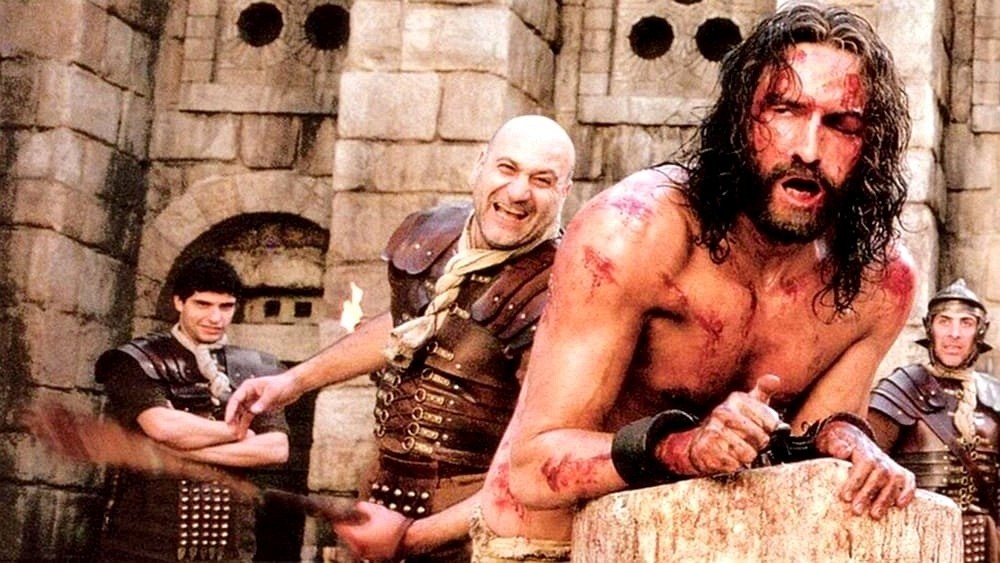

One person said it was "torture porn," a view I have heard often. There was some overlap in the responses, and the rest mentioned scenes with Jesus and Mary at home, various images of Mary during the Passion and death, the Last Supper, the devil, Jesus writing in the dirt, the birds pecking out the eyes of the men crucified with Jesus, the love shown through Jesus' eyes, Mel Gibson. When you think of the film, what is the first image that comes to mind? (Don't think about it or edit your response - just describe the first image that comes to mind.) How old were you when you saw the film for the first time?Ģ. I asked six questions that 124 people answered they all had to reply to each question in order to move to the next one.ġ. While this is an unscientific survey, I think it shows that most respondents looked at the film uncritically and viscerally few considered how Jews might view the film. This idea prompted me to create an online survey to learn the dominant visual image people think of when they recall "The Passion of the Christ." I wanted to see if people came away with a negative view of the Jewish people. He also noted Gibson's refusal to bring on board Jewish scholars as consultants, something Adlerstein deemed necessary because "we were afraid of the consequences the impact of this imagery."

Priests normally are not, and yet the priests in 'The Passion of the Christ' show themselves as having their own bloodlust." The Romans who abuse Jesus are prison guards and soldiers whose duty it is to inflict floggings and other cruel punishments. Romans who are viciously portrayed are in the business of being heartless, whereas that is not the case in society with priests. The Romans were merciless and criminal, but there was nothing likable in any of the Jews except Jesus and his close followers. It has a veneer of authenticity, but you can find things along the way, such as an artificial distinction between Jews and Romans, that contradict his assertion. Further viewings of the film confirm that Gibson uses many horror motifs, including the isolation in the garden, the eerie darkness, protruding eyes of children taunting Judas, the worm crawling from the devil's nose, and so forth.īut on this day, the plan was to stop the film for comments from Adlerstein and Gomez when scenes reflected anti-Semitism.īefore the private screening, Adlerstein said about the release of "The Passion of the Christ" in 2004: "The Jewish community probably overreacted at the time, and the reason for this was more than defensible because there were stirrings of a global resurgence of anti-Semitism, and events of the last 10 years unfortunately bear out those misgivings."Īdlerstein also said Gibson "packaged this as the only authentic film about the Passion. Right after Christmas, I had the opportunity to sit down with two friends, Rabbi Yitzchok Adlerstein, director of interfaith affairs at the Simon Wiesenthal Center in Los Angeles, and Yvonne Gomez, a Christian research consultant, to watch "The Passion of the Christ."īack in 2004, I reviewed "The Passion of the Christ" as a horror film, and this upset many of my readers. 25 will mark the 10th anniversary of the release of Mel Gibson's hugely successful and controversial "The Passion of the Christ." Actor Jim Caviezel portrays Jesus on the cross in a scene from "The Passion of the Christ." (CNS/Icon)įeb.


 0 kommentar(er)
0 kommentar(er)
